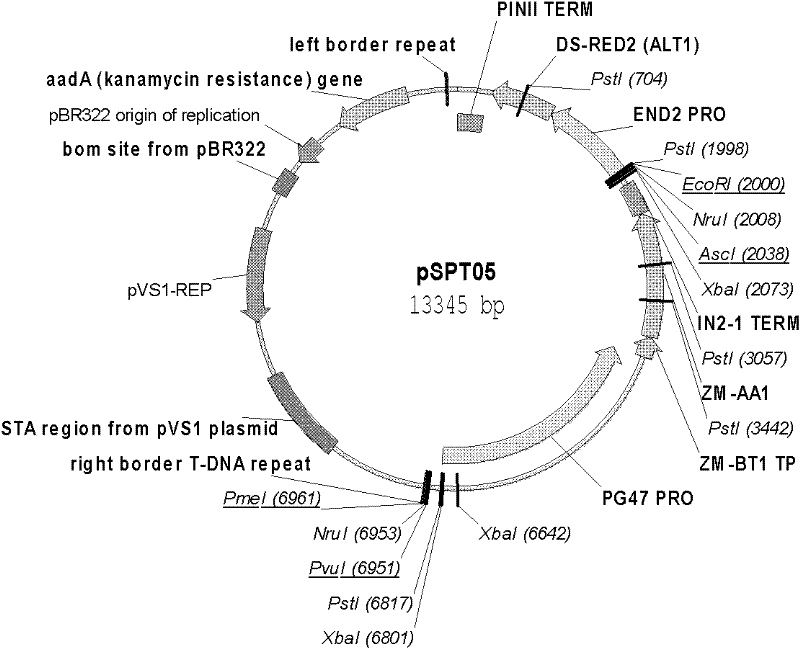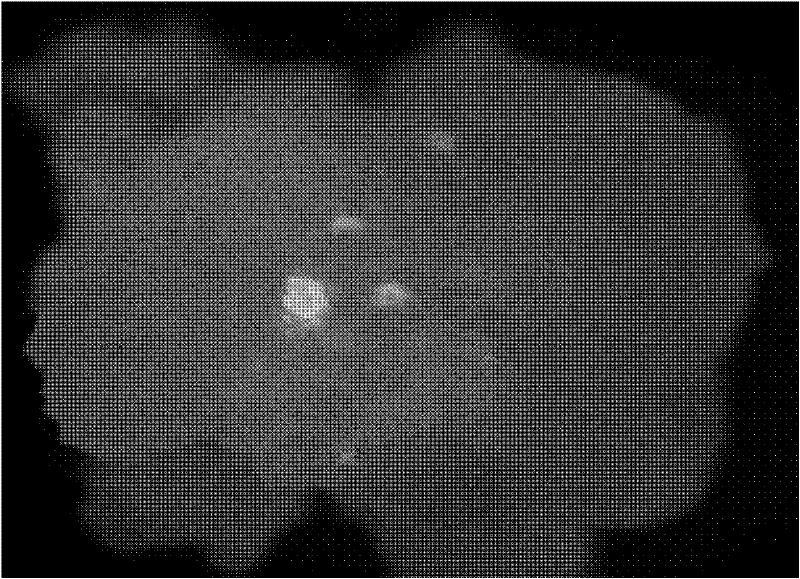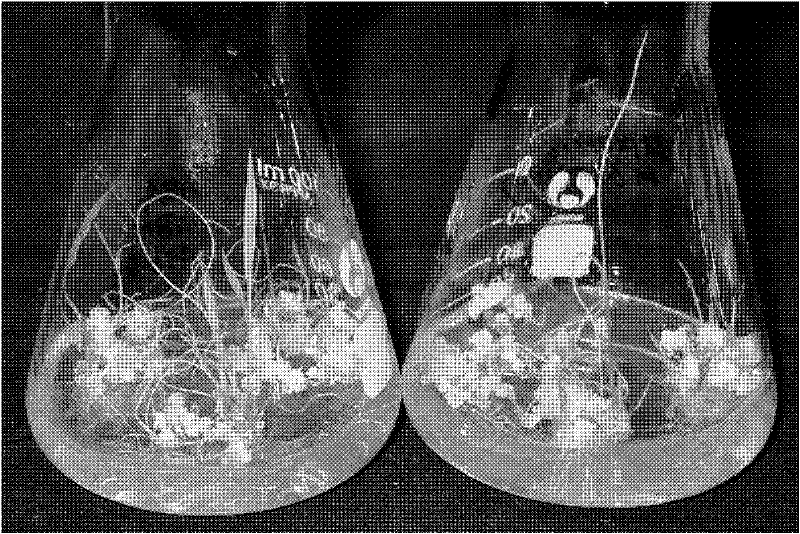Method for effectively reducing gene drift of transgene plant through pollen mediation
A technology of transgenic plants and plants, applied in the biological field, can solve the problems of barnase leakage, changes in agronomic traits, instability, etc., and achieve the effect of reducing environmental risks and high efficiency
- Summary
- Abstract
- Description
- Claims
- Application Information
AI Technical Summary
Problems solved by technology
Method used
Image
Examples
Embodiment 1
[0024] Example 1: Construction of expression vectors
[0025] The name of the expression vector used for transformation in the present invention is pSPT05 (attached figure 1 ). The vector is artificially constructed on the basis of pPZP. There are 2 gene expression cassettes on the expression vector: ZM-AA1 Gene expression cassette, which is driven by the late-stage pollen-specific promoter PG47 from maize (see SEQ ID NO.5 for its nucleotide sequence), and terminates transcription by the terminator IN2-1 from maize (the nucleoside acid sequence, see SEQ ID NO.6), and the transit peptide ZM-BT1 is fused between the ZM-AA1 gene and the PG47 promoter, and the nucleotide sequence of ZM-BT1 is shown in SEQ ID NO.7, reporter / screening marker gene RP The gene expression cassette is driven by the callus and seed-specific promoter END2 from maize (see SEQ ID NO.8 for its nucleotide sequence), and is terminated by the terminator PINⅡ from potato. The glycoside of PINⅡ See SEQ ID...
Embodiment 2
[0026] Embodiment 2: obtain transgenic rice plant
[0027] The transformation vector in Example 1 was introduced into the Agrobacterium strain AGLO by electric shock method, and used to transform the callus induced by wild type Zhonghua 11. Transformed callus was screened by red fluorescent protein, attached figure 2 In order to express the callus of exogenous gene, it was further differentiated to regenerate transformed plants expressing exogenous gene (attached image 3 ).
Embodiment 3
[0028] Embodiment 3: PCR detection of transgenic plants
[0029] The leaves of the transgenic rice plants in Example 2 were taken, and the total DNA was extracted. by DsRED2 The gene sequence is used as a template to design primers, for T 0 Genomic DNA of transgenic rice was amplified by PCR. The fragment of the amplified product is 789bp. The amplification program was: 94°C 10min; 94°C 1min, 60°C 1min, 72°C 1min; 37 cycles; 72°C 10min. The forward primer sequence is 5'-GGACTTGAACTCCACCAGG-3'; the reverse primer sequence is: 5'-ATAATGCCAATACGACACC-3'. attached Figure 4It is the PCR amplification result of some transgenic plants, indicating that the exogenous gene has been integrated into the rice recipient genome.
PUM
 Login to View More
Login to View More Abstract
Description
Claims
Application Information
 Login to View More
Login to View More - R&D
- Intellectual Property
- Life Sciences
- Materials
- Tech Scout
- Unparalleled Data Quality
- Higher Quality Content
- 60% Fewer Hallucinations
Browse by: Latest US Patents, China's latest patents, Technical Efficacy Thesaurus, Application Domain, Technology Topic, Popular Technical Reports.
© 2025 PatSnap. All rights reserved.Legal|Privacy policy|Modern Slavery Act Transparency Statement|Sitemap|About US| Contact US: help@patsnap.com



